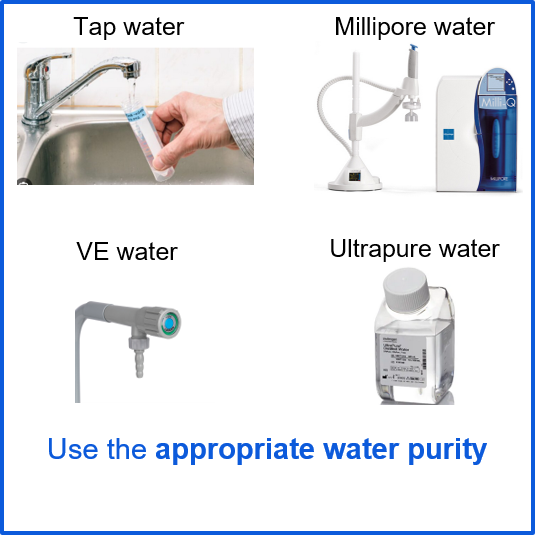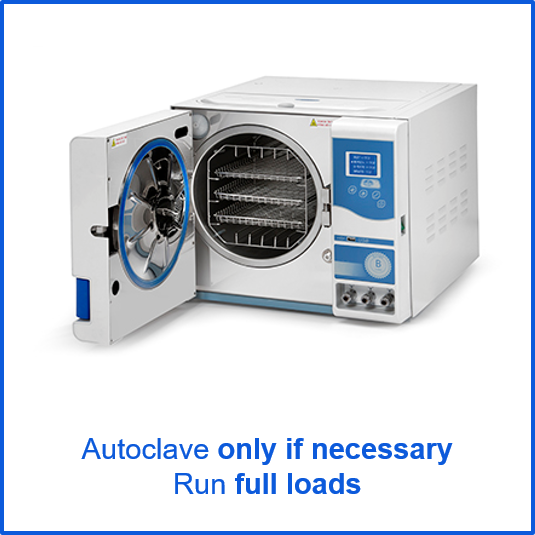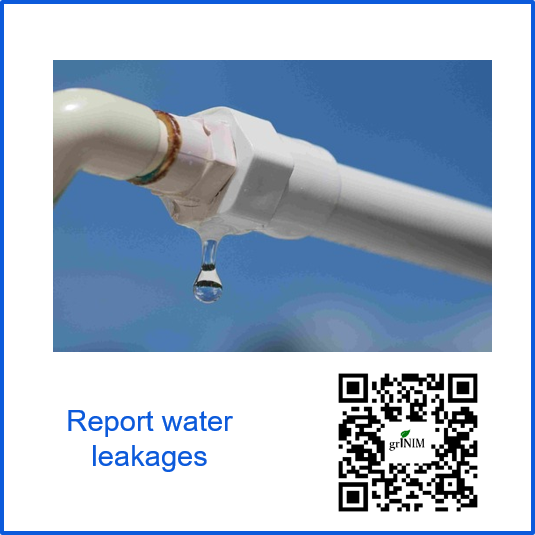Water
The facts:
Laboratories can use 4x more water than equivalent office spaces, since water is not only needed for your experiments but also for the functionality of autoclaves and cooling systems.
Water quality can influence your experimental results and we need for some experiments higher grade water (e.g. PCRs, Cloning, etc.). But did you know that it takes 3L of tap water to produce 1L deonized water and 5L of tap water to produce 1L of ultrapure water? High quality water is a limited resource and we should not waste it.
What can we do?
Select the right water purity for your lab applications.
Tap water: Cleaning, heating baths, autoclaves, …
VE water (Deionized or demineralized water): Cleaning, buffer, …
Millipore water: Buffer, incubator water bath, sample dilution, ...
Ultrapure water: Cell culture, buffer, sample dilution
References
The facts:
A single run of an autoclave can consume more than 200 liters of water. Especially steam jacketed autoclaves, which first need water to generate steam to heat the unit in order to sterilize equipment and second to cool this steam so it can be discharged.What can we do?
Only use autoclaved material if really necessary.
Run full loads (autoclave, dishwasher) only, use water-efficient models, and implement proper maintenance schedules to reduce water consumption per cycle.
- Retrofit steam jacket autoclaves with water-saving devices that capture steam in a closed container and use temperature sensors to help control how much water is needed to cool it down. That can cut back water usage by 75-90%.
References
The facts:
A leakage that drips once every second can cost more than 11.000 liters of water per year. Leaks can occur on every line that constantly maintains water like freezer, ice machines, autoclaves and other water-cooled devices.What can we do?
Report any water leakage via FAMOS (use the QR code on the side)
References:


